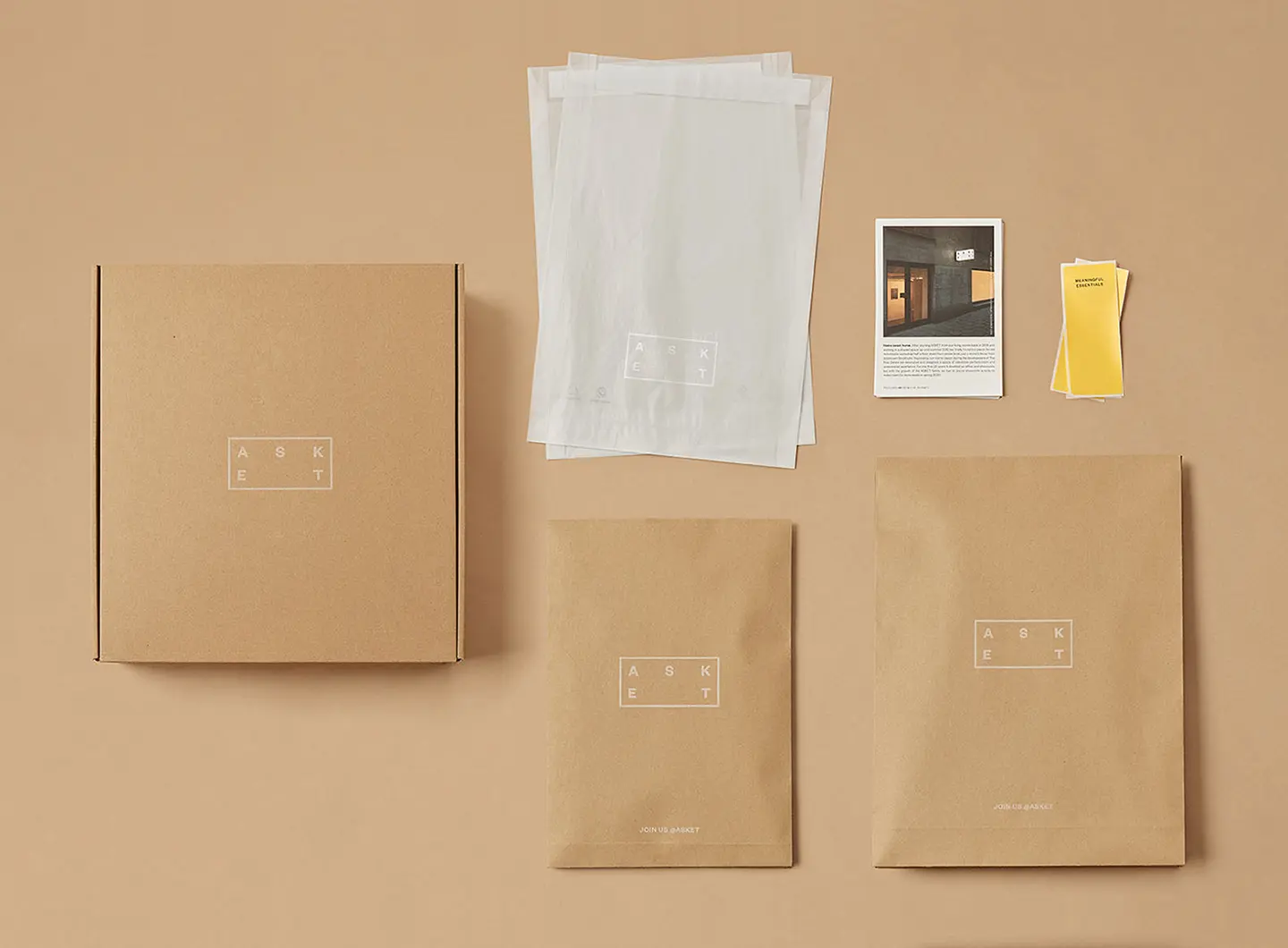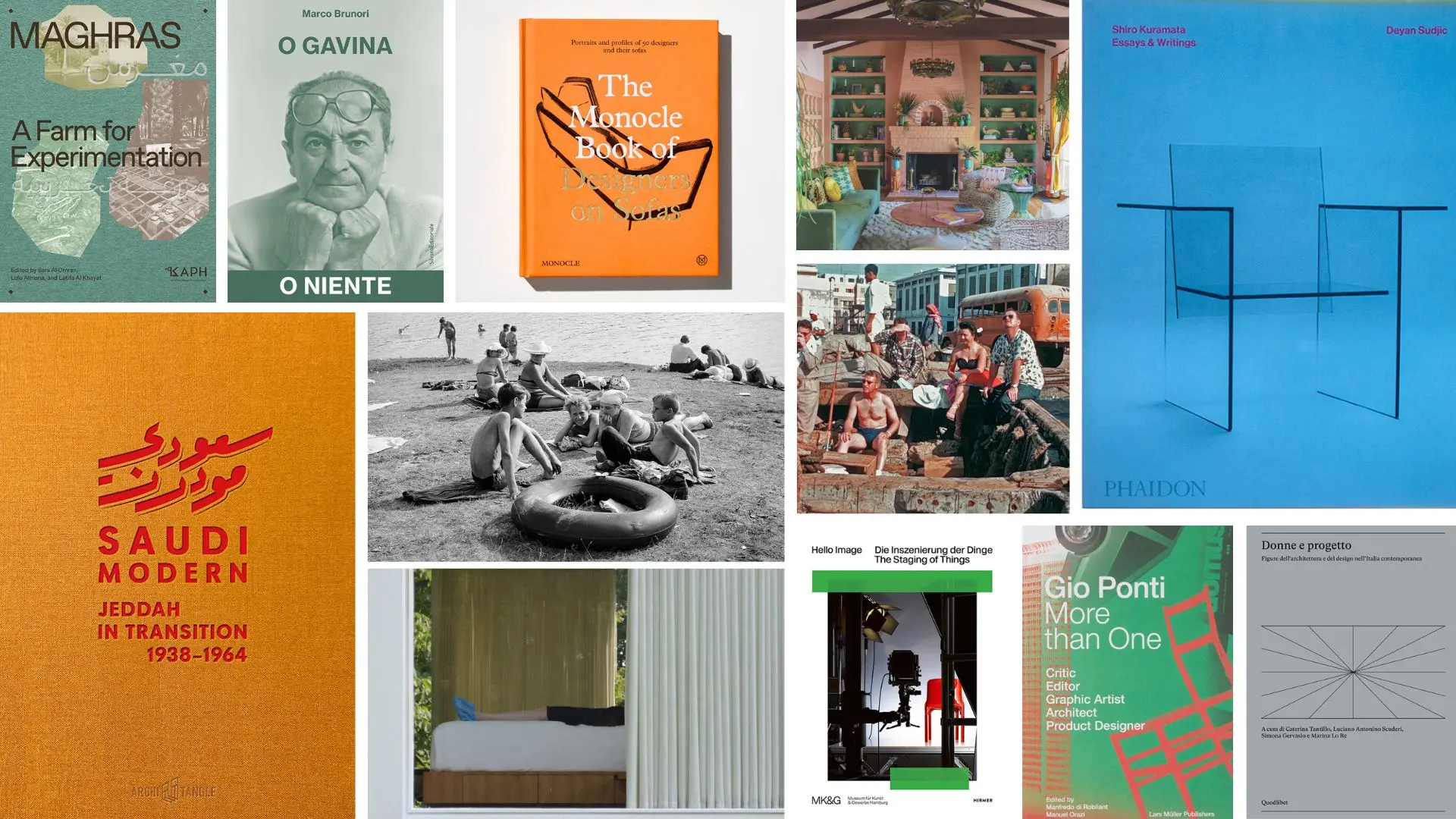From a reflection on humans to matter as meaning: the new Salone communication campaign explores the physical and symbolic origins of design, a visual narration made up of different perspectives, united by a common idea of transformation and genesis
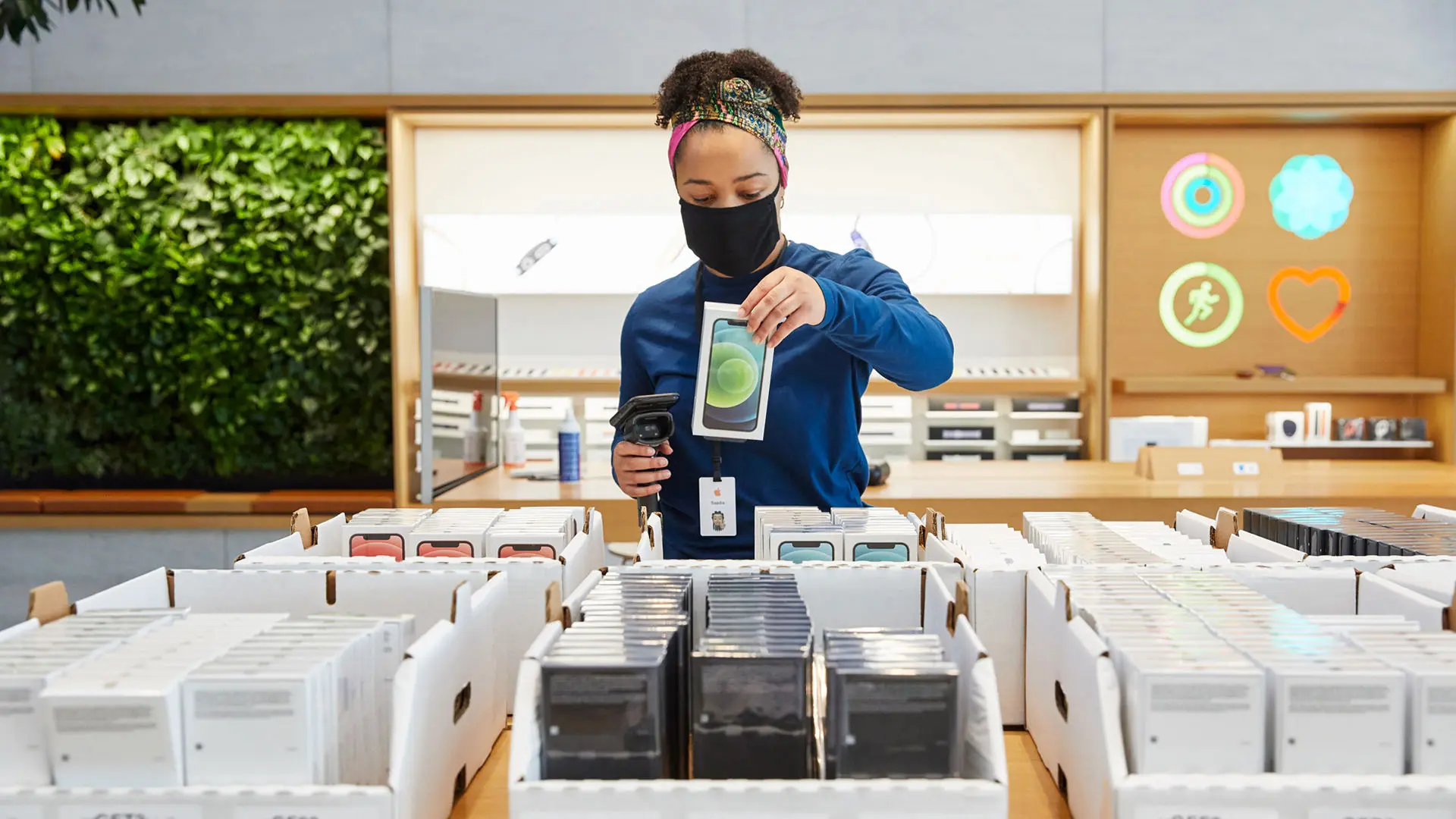
During the pandemic, some Apple stores introduced an Express method to safely pick up their products. Photo courtesy Apple Inc.
What is the destiny of wrapping and packaging in a world with a growing awareness of sustainability, but one that is increasingly turning to online shopping? The laudable practices of (amongst others) Apple, Rimadesio, Ruinart and VF Corporation.
To this end, last November Nendo presented a packaging project for the 100-year-old Japanese confectionery brand Kanro to accentuate the texture of a new, particularly soft candy. The design created for the occasion gives the customer a preview of what to expect inside, with an enhanced taste experience hinted at well before biting into the three different varieties of chewy candy contained in the package.
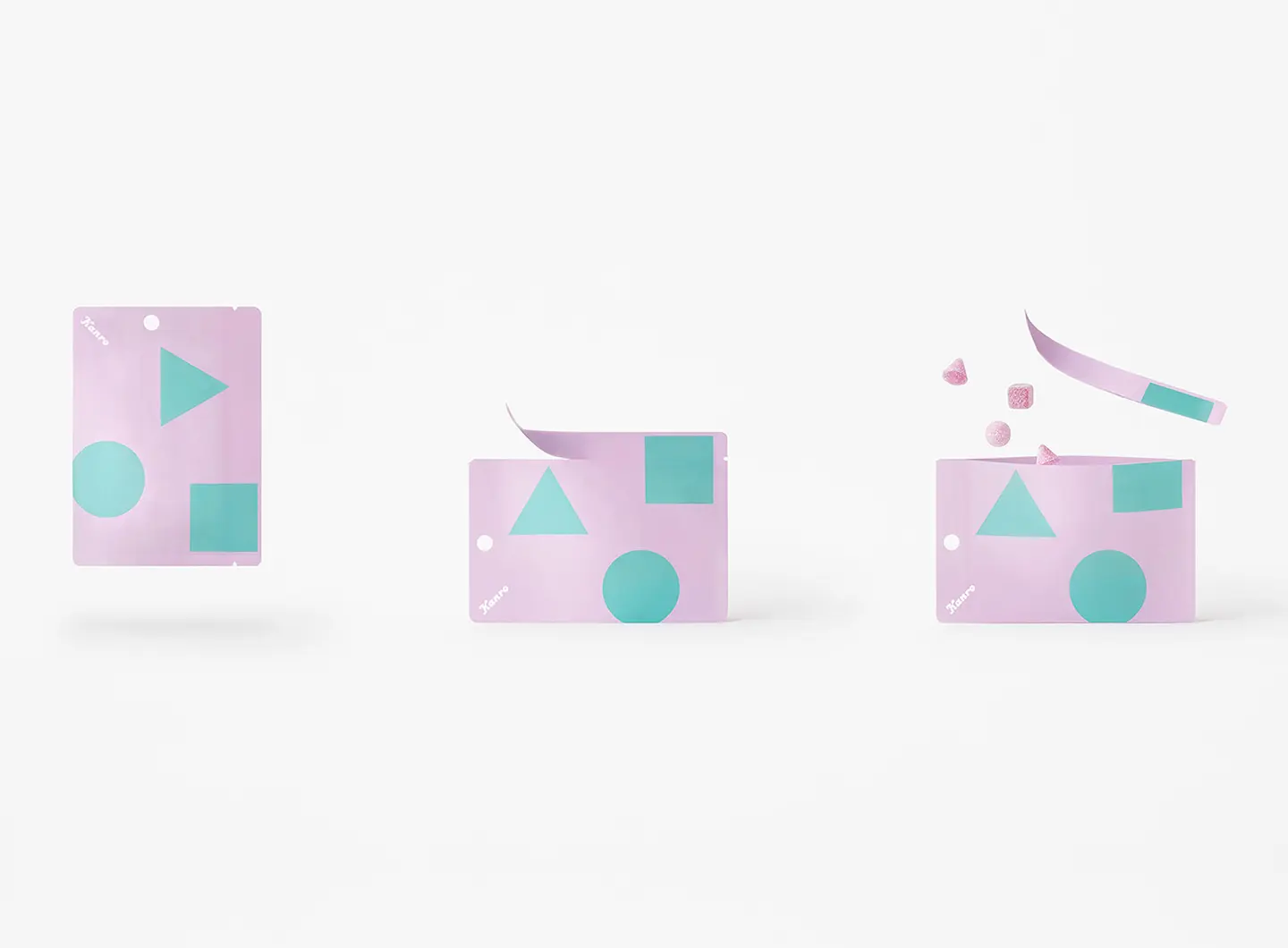
The packaging designed by Nendo for Kanro features candy shapes and the logo tilted at a 45-degree angle to be read both vertically and horizontally. Photo courtesy Nendo.
Hundreds of YouTube channels are dedicated to the unboxing process as the first stage of a journey that gradually reveals the characteristics of the chosen product. Viewers are submerged into the world of overlapping plastic film, tissue wrap and packaging paper, virtually savouring the subtle pleasure of unpacking the object of desire, be it the latest version of a video game console or the iconic orange box containing a Hermés accessory.
But packaging can also transcend its traditional connotation and adopt innovative guises. One such example is the British start-up Cazoo, which uses a branded van as a giant surprise package to deliver a used car purchased on an app.
However, while the first aesthetic impact undoubtedly conditions the relationship with the buyer, in this day and age, other factors are equally important.
In 2020 in Italy, there was a 26% growth trend for online purchases, for a total value of €22.7 billion, 4.7 percent higher than in 2019 (data from Politecnico di Milano's B2c eCommerce Observatory). A habit that is destined to become the new post-pandemic norm, and one that should prompt companies to adopt functional packaging for shipping.
Gebrüder Thonet Vienna, which has sold 50 million pieces of its iconic No.14 chairs in seventy years, ships them worldwide – over 4,000 crates in 1905 alone – in stacks of 36 per cubic metre of space.
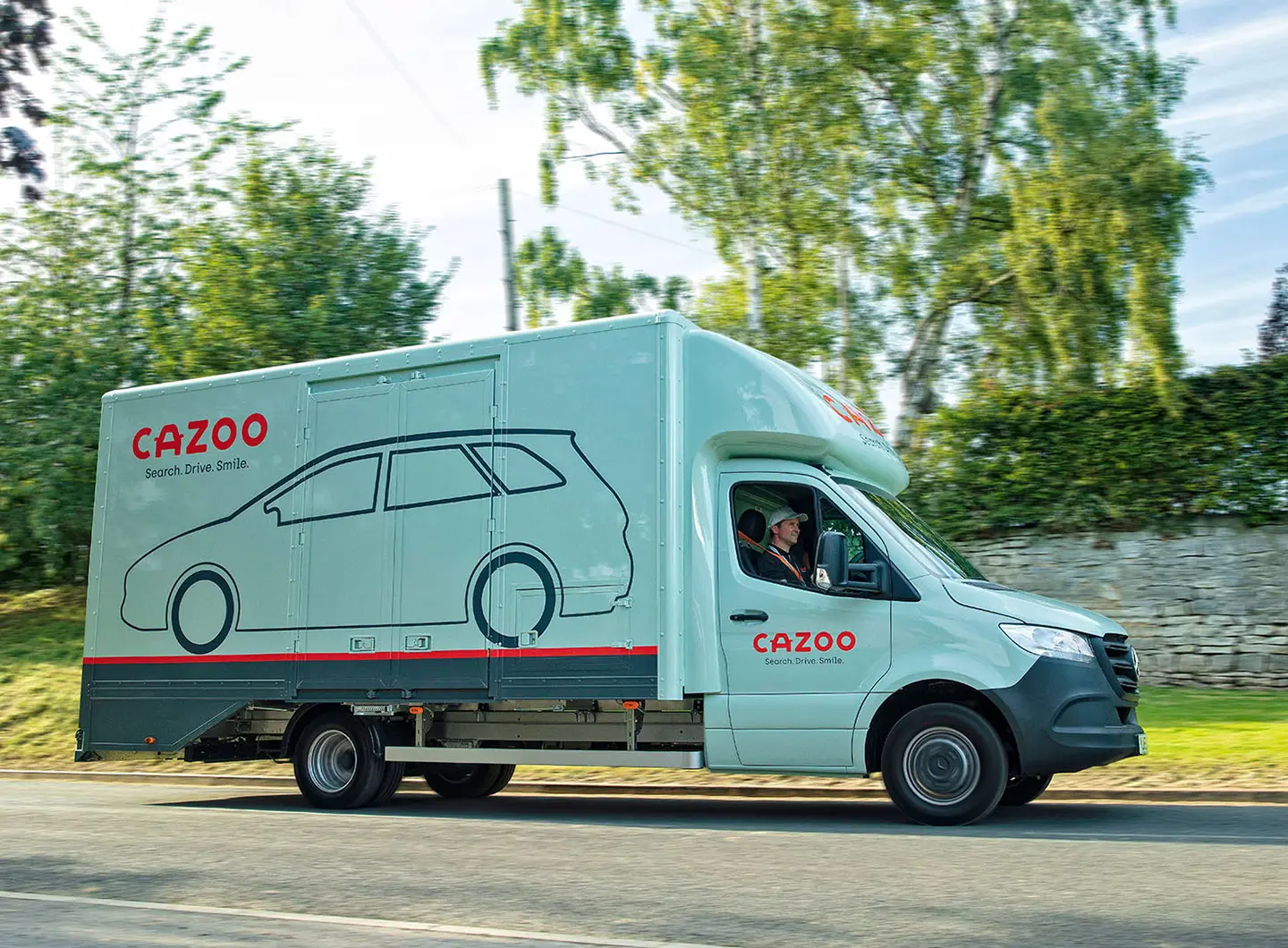
The British start-up Cazoo offers an innovative experience for buying a used car, which is chosen through an app and either picked up or delivered to the buyer's home. Photo courtesy Cazoo
Recently, Apple eliminated the power supply and EarPods from the packaging of the new iPhone 12, managing to load 70% more boxes onto pallets and cutting over 2 million tonnes of carbon emissions per year, equivalent to removing almost 450,000 cars from the road. Creating and adhering to a robust sustainability narrative, including through packaging, is a must for staying competitive.
The underlying trend is right before our eyes, even in Italy: despite the health emergency, 27% of Italians attach the same importance to environmental issues as before, while for 33% it has become even more of an important issue. According to the Osservatorio Packaging di Largo Consumo (Nomisma/University of Padua), 9 out of 10 Italians are concerned about the impact that plastic packaging has on the environment, and they are determined to adopt more environmentally-friendly behaviour. 65% of the population would opt for products with little packaging (+15 percentage points compared to today); 59% would choose products with sustainably sourced packaging (+14 p.p.), and 57% would reduce their purchases of products with non-recycled plastic packaging (+12 p.p.).
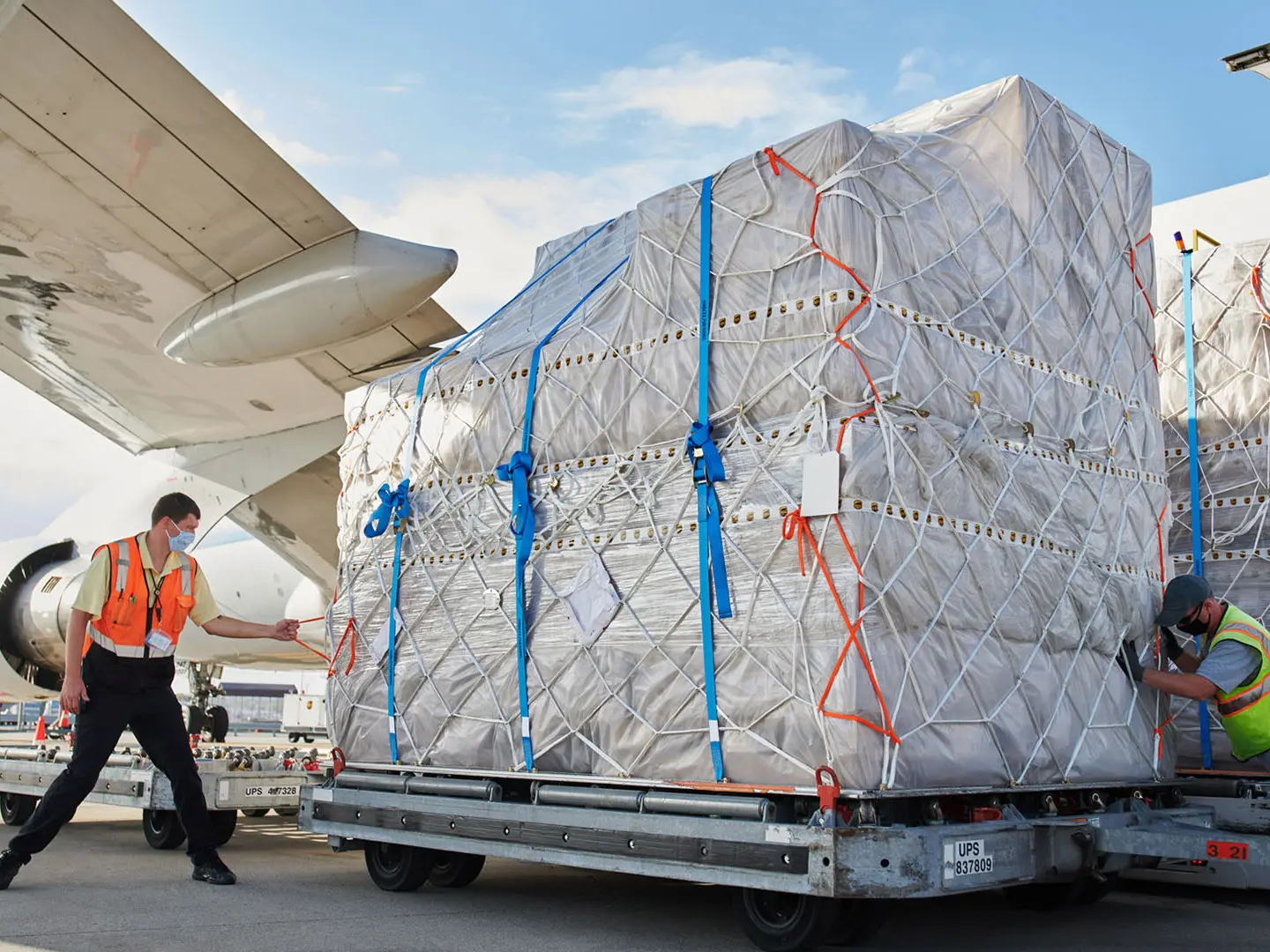
UPS logistics specialists at work for the global launch of Apple's iPhone 12, iPhone 12 Pro and iPad Air. Photo courtesy Apple Inc.
Italy is Europe's second biggest consumer of plastic and, in general, the primary use of the material on the continent is for packaging (39.6%) according to the Plastics Europe Market Research Group.
Finally, after the umpteenth delay caused by the financial difficulties the country is experiencing, the Plastic Tax will come into force on 1st January 2022. This will affect plastic packaging, Tetrapak containers and single-use plastic wrappings for electronic and domestic appliances (MACSI).
In a number of industries, many are already taking action. For example, Rimadesio, in the furniture market, has converted to 100% recyclable packaging, eliminating the problems of disposing of the wooden crates it formerly used.
Or Ruinart, the prestigious champagne manufacturer, which has launched a very elegant and eco-friendly cellulose paper wrapping to enclose its bottles like a second skin.
And VF Corporation, owner of fashion brands including The North Face, Timberland and Vans, plans to remove plastic packaging by 2025.
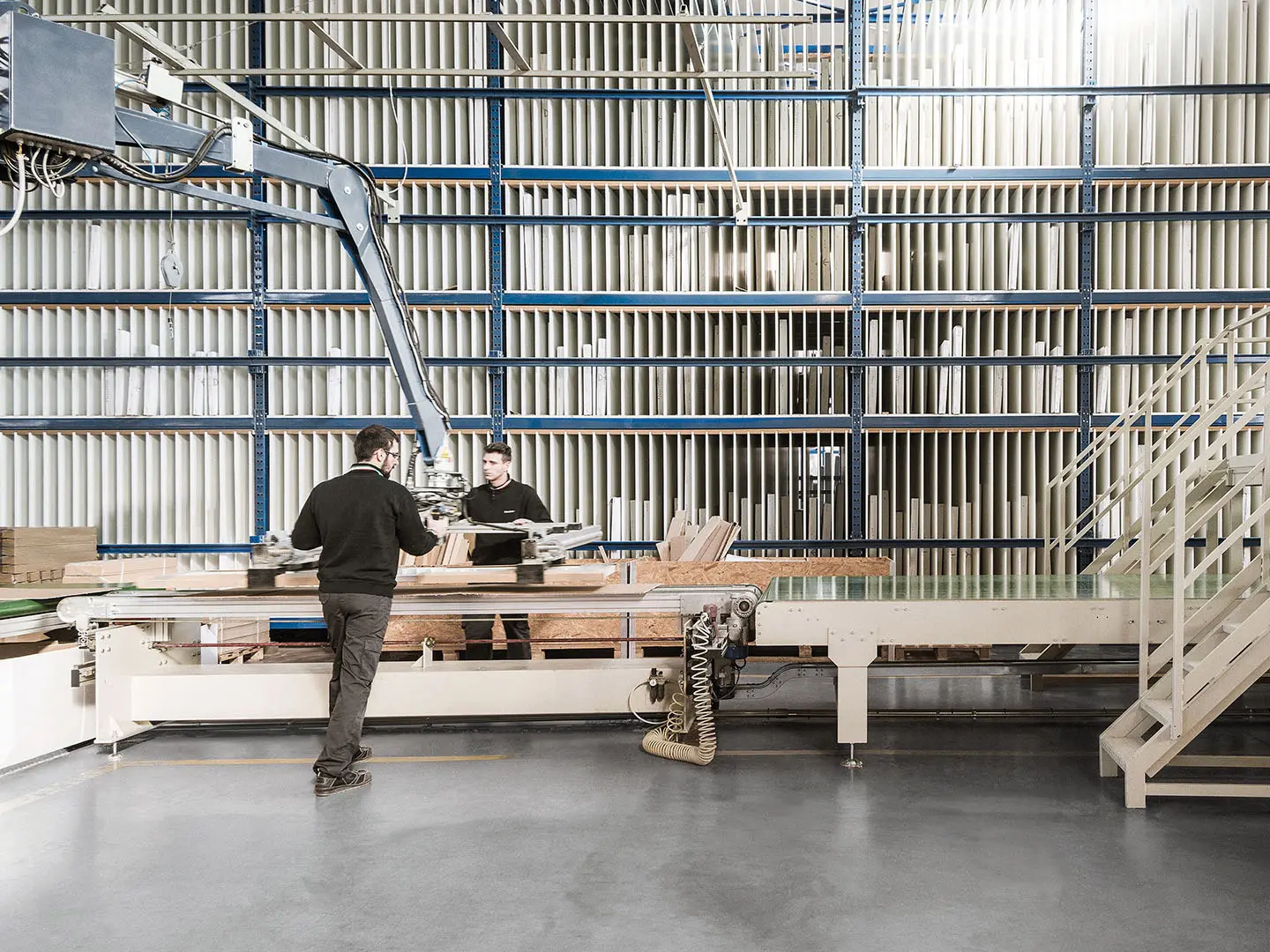
Rimadesio has invested €10 million since 2016 in its "Environmental Sustainability Project", which also concerns packaging choices. Photo courtesy Rimadesio.
The story of the slow-fashion brand Asket is emblematic: in 2020, it strove to eliminate plastic and reduce its packaging footprint by around a quarter. The move is touted by the company as a sort of "giving something back" to help reduce the environmental impact of the e-commerce sector, which has allowed the Swedish brand – like so many others – to stay afloat during the pandemic.
But in ecological terms, no achievement can be defined a true success story if you are alone in achieving it, so Asket has published a white paper detailing its strategies for all those who wish to replicate them.
In other words: designing packaging that is eco-sustainable, economical, functional and able to anticipate and enhance the identity of the product within is a challenge that can be won. All it needs is the will to face that challenge head on.


 Stories
Stories
